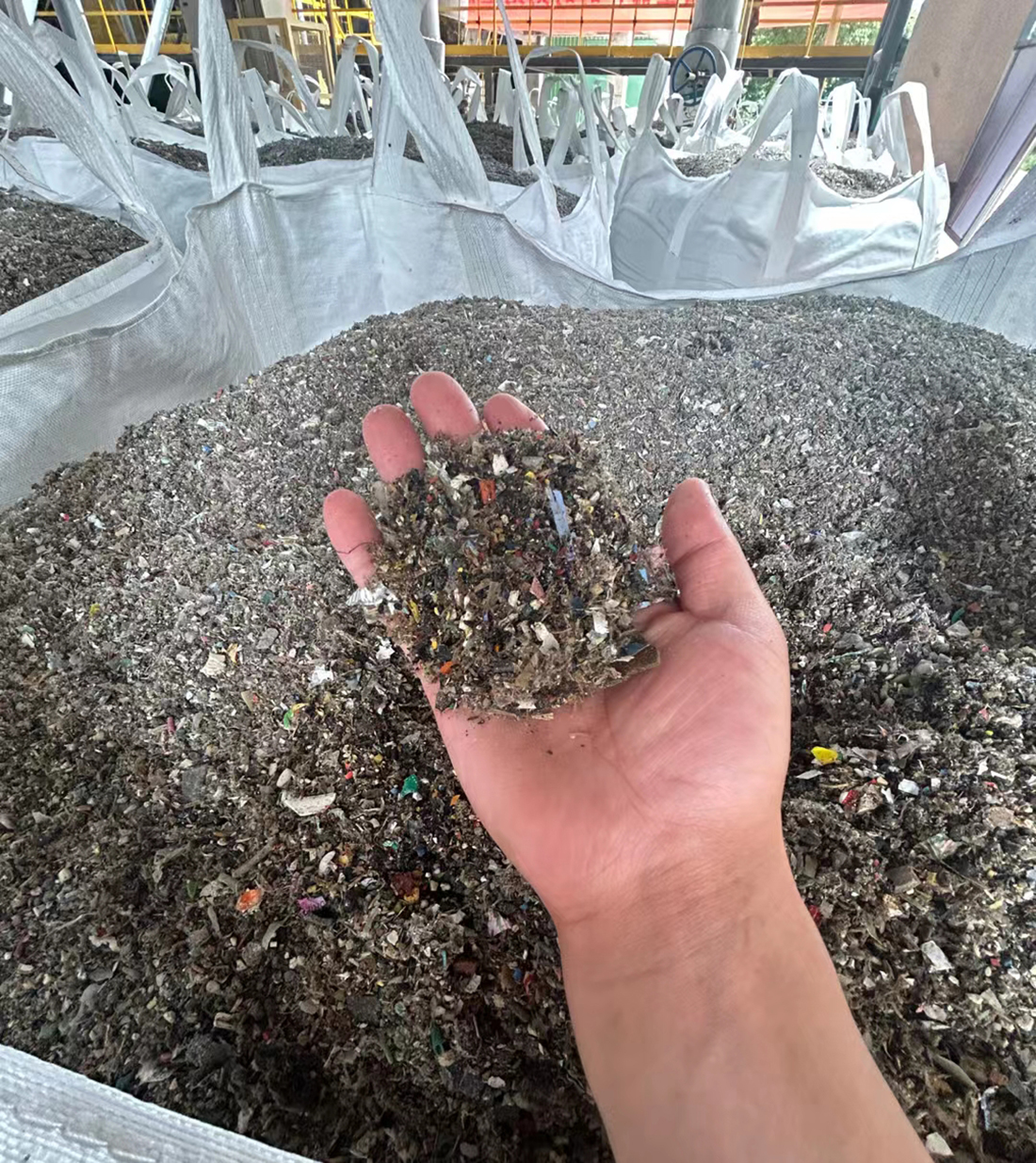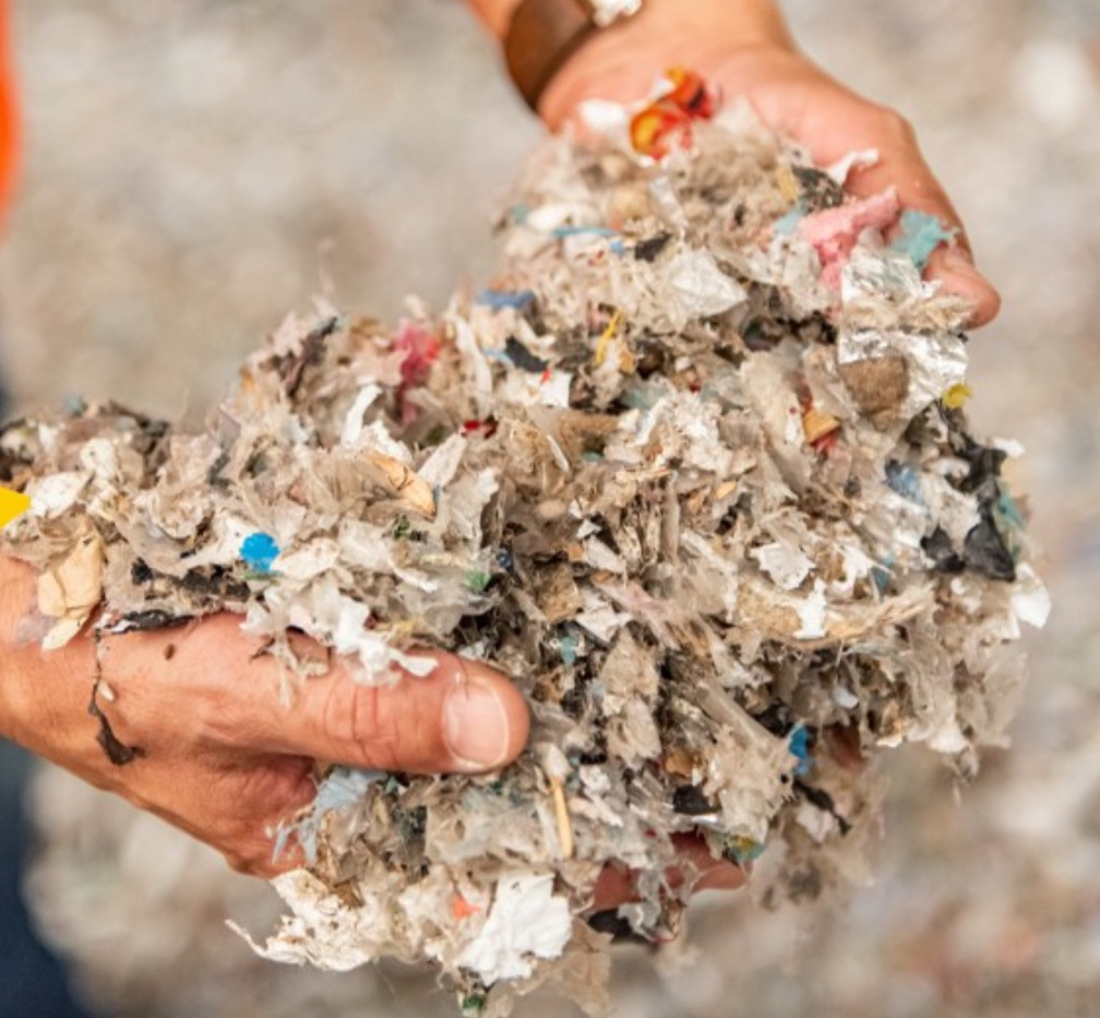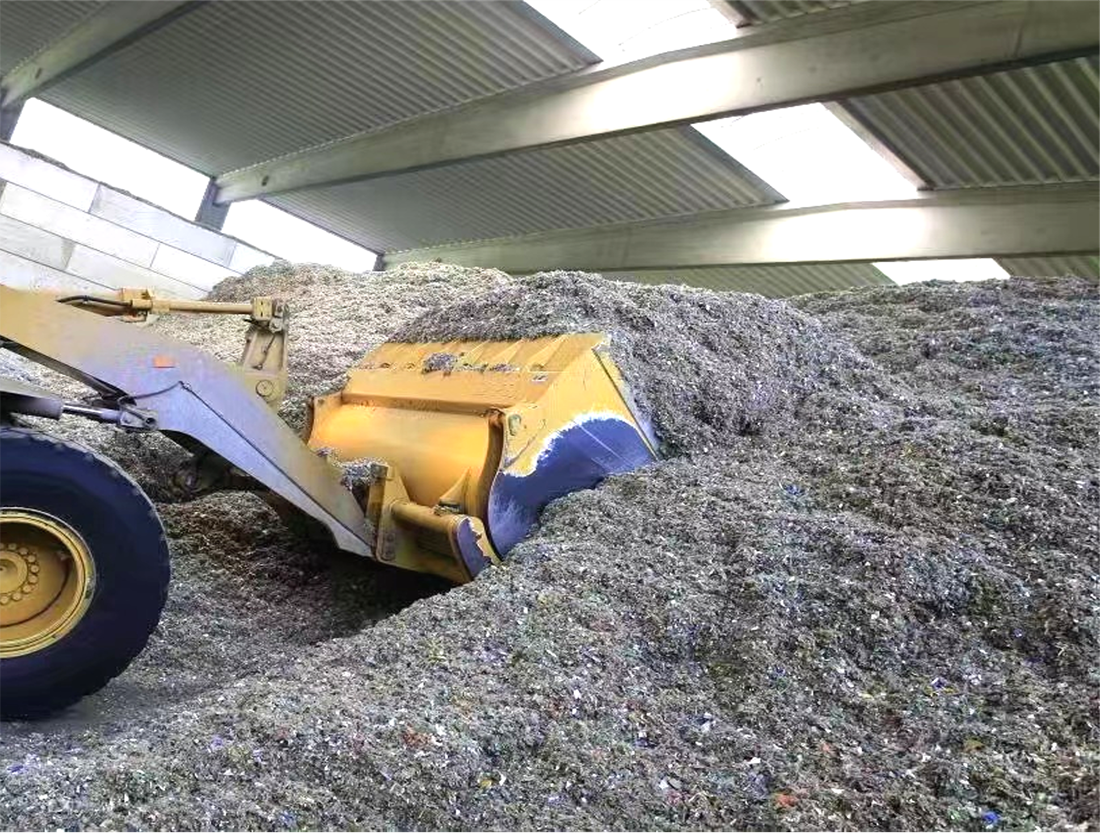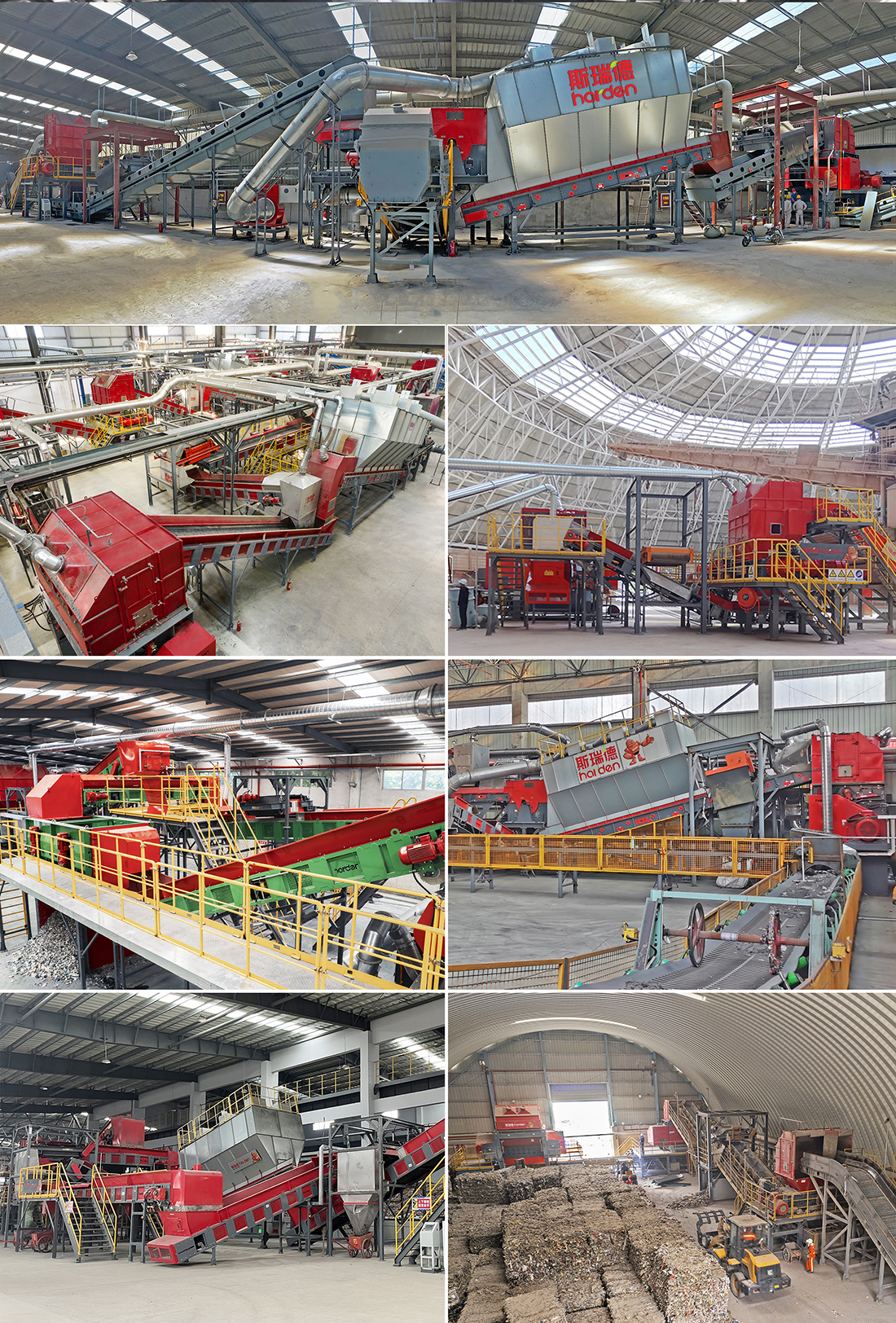RDF vs. Coal in Cement Kilns: How 10 Tons of RDF Delivers Equivalent Heat from 6.5–7.5 Tons of Coal
In the cement industry's quest for carbon neutrality, Refuse-Derived Fuel (RDF) stands out as a dual-purpose powerhouse: it diverts solid waste from landfills while substituting fossil fuels in energy-intensive kilns.
For many operators, the burning question is simple: in a cement kiln, how much coal does 10 tons of RDF replace? Harden Machinery Ltd. breaks it down using key metrics—calorific value, thermal efficiency, and thermal substitution rate (TSR)—to show the real-world impact.

The Three Pillars of Heat in Cement Kilns
Cement kilns operate under extreme conditions, with temperatures exceeding 1,450°C and continuous clinker production demanding stable heat. Unlike standard boilers, these systems maximize energy recovery, but RDF's effectiveness hinges on three factors:
1. Calorific Value: The Energy Baseline RDF for cement kilns, typically derived from industrial solid waste or commercial mixed refuse, offers a reliable 3,500–4,500 kcal/kg. This is lower than bituminous coal's 5,500–6,500 kcal/kg but sufficient for clinker formation when impurities are controlled to avoid quality issues.
2. Thermal Efficiency: Maximizing Usable Heat Cement rotary kilns achieve 85–90% thermal efficiency—far surpassing typical boilers at 60–75%—due to minimal heat loss in the continuous process. RDF and coal's effective heat is thus calorific value multiplied by this efficiency, ensuring more energy reaches the clinker bed.
3. Thermal Substitution Rate (TSR): The Replacement Ratio TSR measures RDF's contribution to total fuel heat (RDF heat / total heat × 100%). In cement kilns, it's typically 20–30%, balancing clinker quality and energy needs without over-reliance on variable RDF.

Crunching the Numbers: 10 Tons of RDF in Action
Using average kiln parameters for simplicity:
● RDF calorific value: 4,500 kcal/kg; thermal efficiency: 85% → Effective heat: 3,825 kcal/kg.
● Coal calorific value: 6,000 kcal/kg; thermal efficiency: 90% → Effective heat: 5,400 kcal/kg.
For 10 tons (10,000 kg) of RDF: Total effective heat = 10,000 × 3,825 = 38,250,000 kcal. Equivalent coal = 38,250,000 / 5,400 ≈ 7,083 kg (7.08 tons).
In typical kiln conditions, 10 tons of RDF substitutes for 6.5–7.5 tons of bituminous coal. Adjustments for exact RDF quality or kiln type may vary slightly, but this range holds for most operations.

Beyond Substitution: RDF's Broader Value in Cement
RDF isn't just about offsetting coal—it's a strategic enabler for cement plants. Harden’s RDF preparation systems exemplify this, integrating secondary shredding, magnetic separation, air classification, sorting, and dust control to yield premium RDF with 4,800–5,200 kcal/kg and particles under 50 mm. This ensures 95% impurity removal, minimizing heat loss and kiln disruptions.

The advantages extend further:
● Environmental Wins: Diverts solid waste from landfills or incineration, cutting emissions 20–25% versus coal and complying with “zero-waste cities” and co-processing regulations.
● Policy Perks: Qualifies for subsidies or tax incentives in regions promoting solid waste co-disposal.
● Cost Control: RDF sourcing is often cheaper than coal, stabilizing waste volumes and easing environmental compliance pressures.
For cement operators eyeing RDF co-firing, the key is precision: match RDF’s calorific value and TSR to your kiln type and clinker specs. Harden’s systems make it achievable—delivering clean, consistent fuel that safeguards quality while slashing costs.

